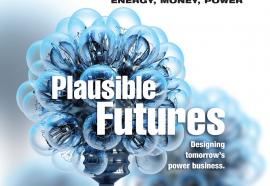Renewables at a Crossroads
Investment opportunities in an evolving environment.
Some of the key policy mechanisms and market factors that triggered the boom in renewable energy development have weakened in the face of one of the most severe economic downturns in modern history. In some ways, though, the renewables sector is richer and more dynamic today than when the boom began. A shakeout might be coming among renewable power players, and those that survive will strengthen their capabilities, hone their strategies, and take advantage of industry consolidation to build scale.







